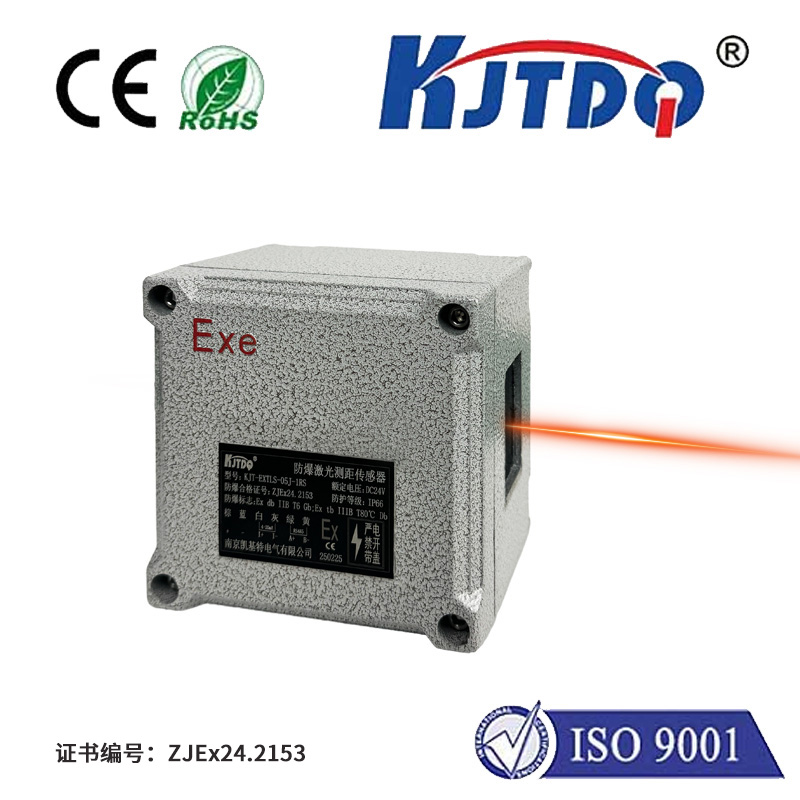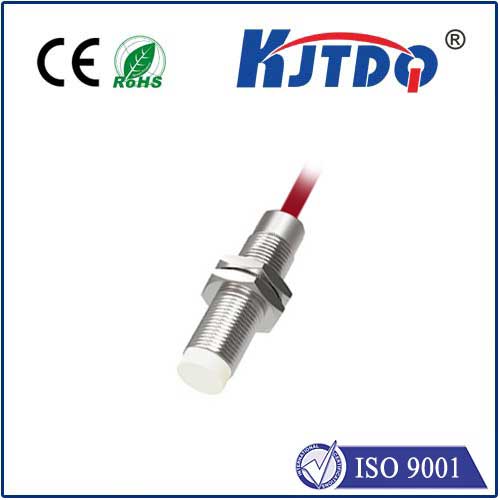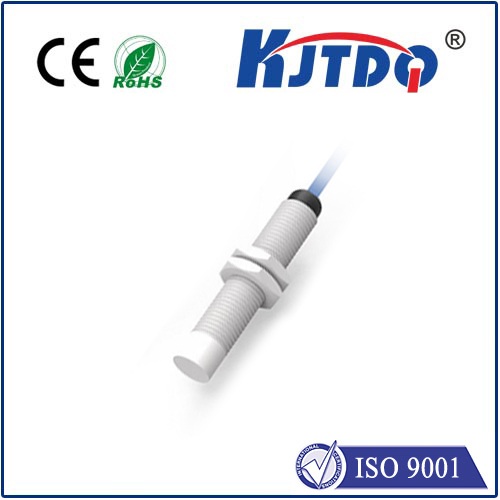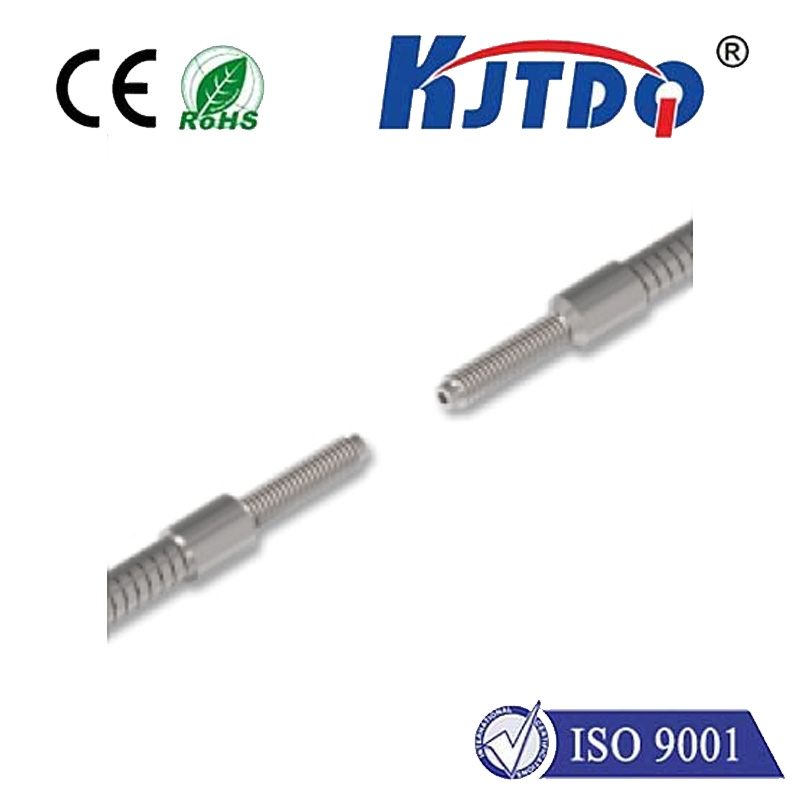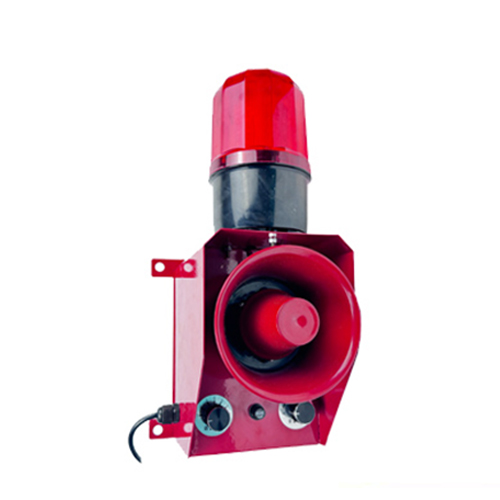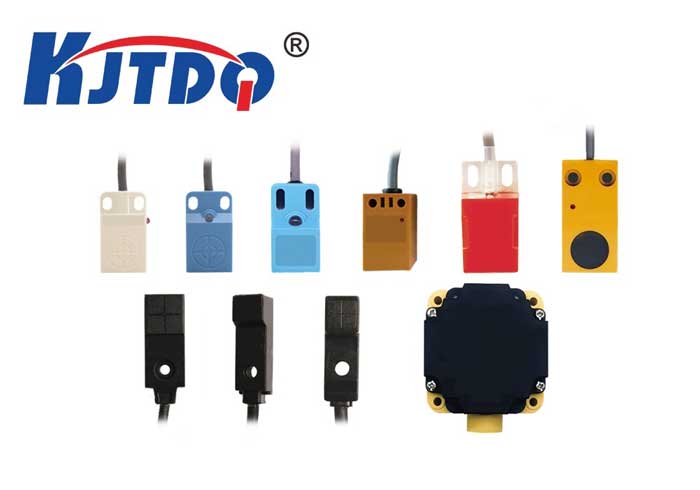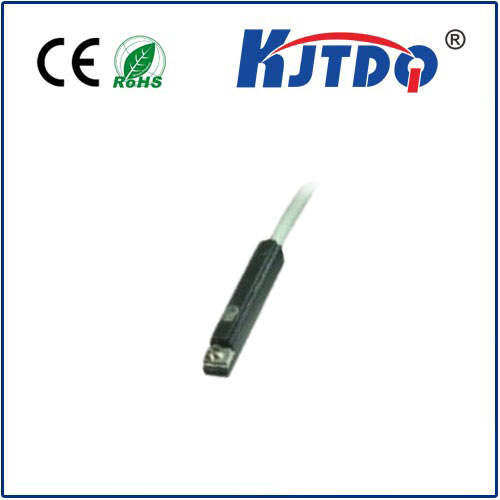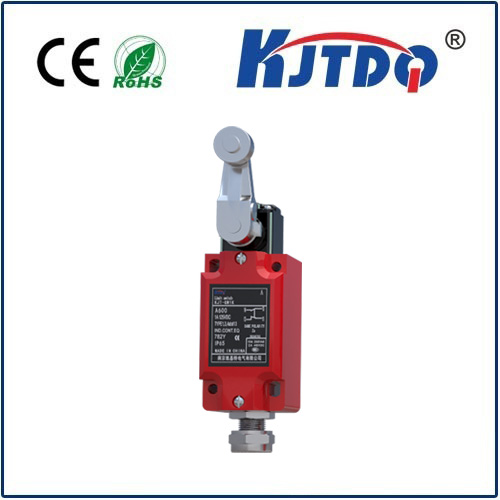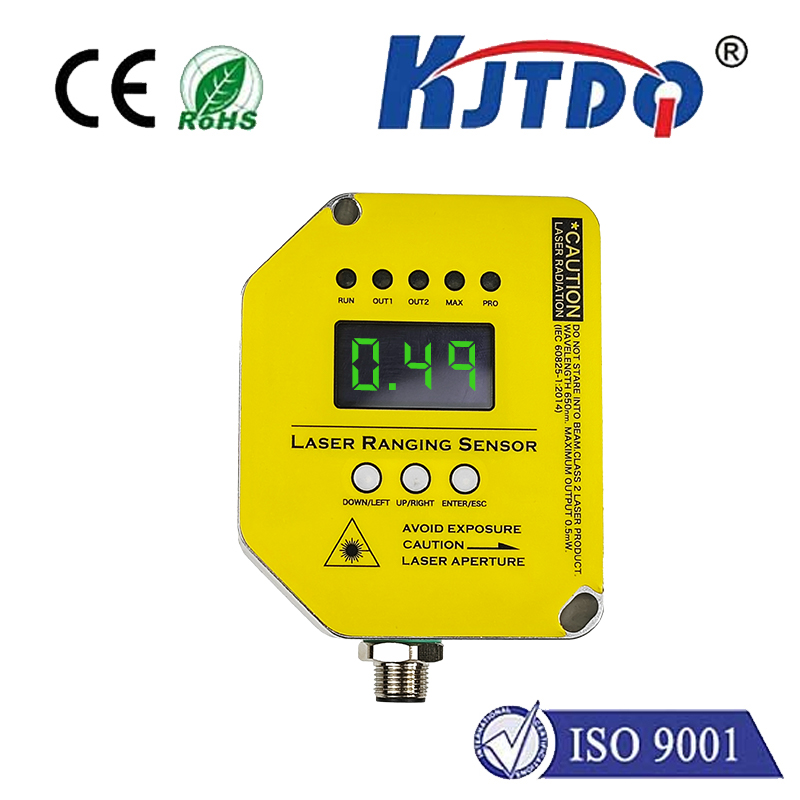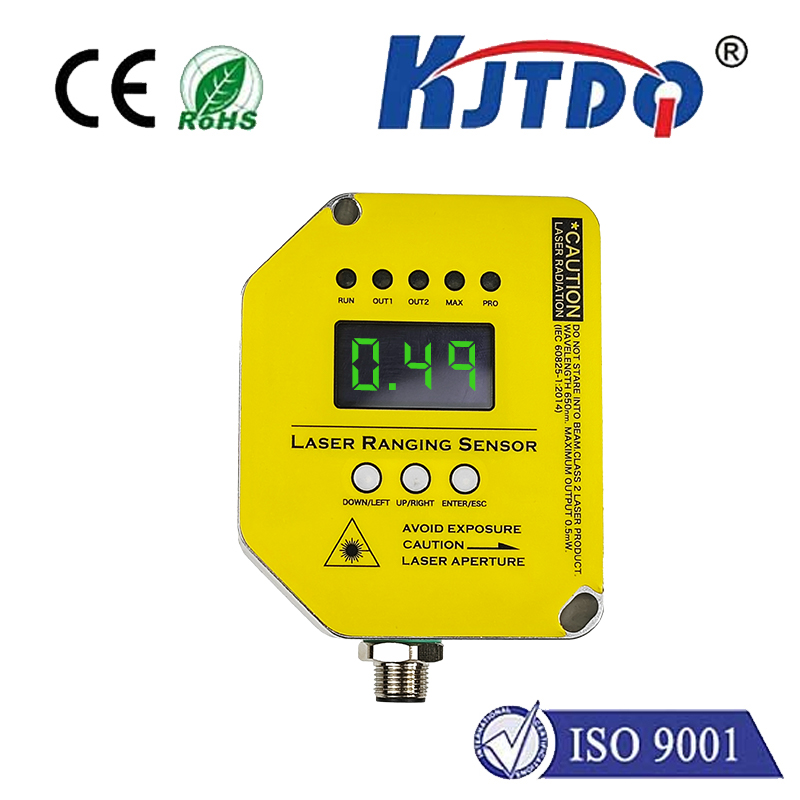sensor proximity sensor
- time:2025-07-17 08:34:17
- Click:0
Unlocking Hidden Potential: How Proximity Sensors Revolutionize Everyday Tech
“Sensor proximity sensor” – while the phrasing might hint at redundancy, its core meaning is crystal clear: it points us towards the fascinating world of proximity sensors. Think about your smartphone automatically dimming the screen when held to your ear, your car warning you as you reverse towards an unseen obstacle, or a factory robot safely halting as a worker approaches. These moments of seamless, almost magical interaction are made possible by one essential component: the proximity sensor. This article dives deep into how these unassuming yet powerful devices function, their diverse applications, and why they are fundamental to modern technology.
Beyond the Buzzword: Defining the Core Concept
Essentially, a proximity sensor is a device engineered to detect the presence, absence, or position of nearby objects without physical contact. That “non-contact” aspect is crucial. Unlike a physical switch requiring a push, proximity sensors interact silently and invisibly with their environment. While the term “sensor proximity sensor” might colloquially emphasize its core function, the standard industry term is simply proximity sensor or prox sensor. They achieve this detection based on changes in various physical fields emitted by the sensor itself, monitoring how these fields interact with a target object.
The Science Behind the Sensing: Key Technologies
Proximity sensors aren’t a monolithic technology; they leverage different physical principles tailored to specific needs and environments:
- Inductive Proximity Sensors: The undisputed champions of industrial automation. These sensors generate an electromagnetic field. When a ferrous metal target (like iron or steel) enters this field, it creates eddy currents within the metal. The sensor detects this energy loss within its own coil, triggering a switch. Crucially, inductive sensors excel in tough environments – unaffected by dust, oil, vibration, or ambient light. Their robustness makes them ideal for position sensing, object detection on conveyors, and end-of-travel limits in machinery.
- Capacitive Proximity Sensors: Think beyond metals. Capacitive sensors detect a much broader range of materials – conductive metals, plastics, wood, liquids, powders, and even the human body. They operate by generating an electrostatic field. Any object entering this field alters its capacitance. This change is detected, signaling the presence of the target. This versatility makes them perfect for liquid level sensing in tanks, detecting filled or empty containers (even through thin walls), non-metallic object presence, and touch interfaces.
- Photoelectric Sensors: Often referred to as photo eyes, these work on light. An emitter sends out a beam of light (visible, infrared, or laser), and a receiver detects it. Proximity is determined when an object interrupts or reflects this beam. While technically detecting “interruption,” they are crucial for non-contact detection at longer ranges than inductive or capacitive sensors offer. Common applications include object counting on high-speed production lines, precise positioning, and detecting transparent objects.
- Ultrasonic Proximity Sensors: Using sound waves beyond human hearing, these sensors emit ultrasonic pulses and measure the time it takes for the echo to return. Distance (proximity) is calculated based on the speed of sound. They excel in applications requiring distance measurement (like parking sensors) and can detect objects regardless of color, transparency, or material. Useful in challenging environments with dust, smoke, or fog, where optical sensors might struggle.
- Magnetic Proximity Sensors (Reed Switches): These are the simplest, relying on a magnet. The sensor contains a hermetically sealed reed switch. When a permanent magnet comes into close proximity, the switch contacts close or open. They offer simple, reliable detection of magnetic targets and are often used in security systems (door/window sensors) and basic position sensing.
Where Do We Find Them? Ubiquitous Applications
The reach of proximity sensors is staggering:
- Consumer Electronics: Screen dimming/touch disable in smartphones/tablets during calls, automatic faucets/sanitizer dispensers, touchless light switches, robotic vacuum cliff detection, laptop lid close detection.
- Automotive: Parking assistance systems, collision avoidance warnings, blind spot monitoring, keyless entry/start systems (detecting the fob’s presence inside the car).
- Industrial Automation: Position verification of parts/machines, object detection/presence on conveyors, end-of-travel limit switches for cylinders/valves, part counting, liquid level monitoring, safety light curtains and area guarding (often using arrays).
- Security & Access Control: Intrusion detection (window/door reed switches), automatic doors, presence detection in restricted areas.
- Appliances: Detecting open/closed doors in washing machines, dishwashers, fridges; presence detection in microwave ovens; automatic hand dryers.
- Emerging Tech: Gesture recognition interfaces, robotics for navigation and object handling, smart buildings for occupancy-based lighting/climate control, automatic doors in public transport.
Choosing the Right Sensor: Key Considerations
Selecting the optimal proximity sensor isn’t arbitrary. Several factors demand careful consideration:
- Target Material: Is it metal? What type? Plastic? Wood? Liquid? Your target dictates the sensor type (inductive for ferrous metals, capacitive for wider materials/levels).
- Sensing Distance: How far away does the object need to be detected? Each sensor type and model has a specified nominal sensing range.
- Operating Environment: Will it face extreme temperatures, dust, dirt, oils, chemicals, high humidity, or vibration? Inductive sensors are generally best for harsh industrial settings, while ultrasonic might be needed for dusty environments.
- Output Type: What signal does your control system require (e.g., NPN/PNP transistor output, analog voltage/current, relay contact)?
- Size & Mounting Constraints: Physical space limitations can determine sensor size and shape (barrel-style, rectangular block, flat-pack).
- Speed: How fast can the sensor detect and send its signal? Critical for high-speed automation lines.
Why Proximity Sensors Matter: The Silent Enablers
The proximity sensor is a cornerstone of modern automation and smart interaction. They provide reliable, non-contact detection – eliminating physical wear and tear associated with mechanical switches. Their capability to function in harsh environments ensures robust performance where other sensors might fail. They enhance safety by preventing collisions and enabling safe machine operation. They drive efficiency by automating processes, reducing errors, and enabling predictive maintenance. Most importantly, they create seamless, intuitive user experiences in everyday devices.
The Future is Close at Hand
While foundational technologies like inductive and capacitive sensing remain dominant, evolution continues. Miniaturization enables sensors in ever-smaller devices. Increased integration allows for smarter sensors with built-in diagnostics and communication capabilities (IO-Link). Higher sensing ranges and improved resistance to interference are constant development goals. We





